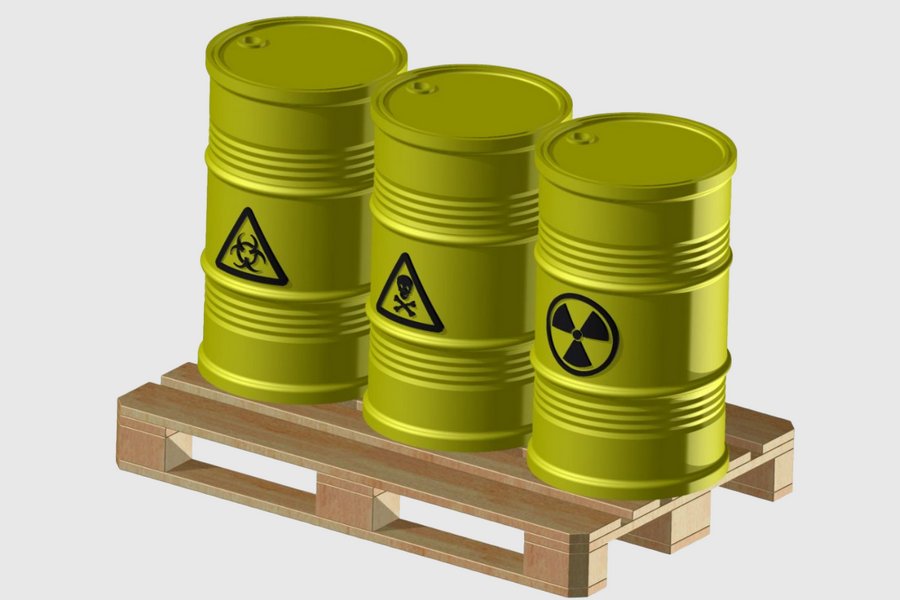Perilous waste and harmful material are two terms that are frequently utilized conversely however they allude to various kinds of waste with various qualities and dangers. Perilous waste is any material that represents a danger to human wellbeing or the climate because of its physical, synthetic, or natural properties. Harmful material, then again, alludes explicitly to squandering that contains poisonous substances that can hurt living creatures. A company should consult reliable waste management services to tackle issues.
The Various Types Of Waste
Dangerous waste incorporates a large number of materials, like synthetics, batteries, bright light bulbs, clinical waste, and gadgets. These materials can be dangerous for different reasons, like their destructive, responsive, combustible, or hazardous properties. Perilous waste can likewise be irresistible or radioactive, representing extra dangers to human wellbeing and the climate.
A Key Difference
Harmful material, then again, is characterized by its substance of poisonous substances, which can incorporate weighty metals, pesticides, solvents, and different synthetic compounds. These substances can cause serious medical conditions assuming they are ingested, breathed in, or come into contact with the skin. They can likewise hurt the climate by debasing soil, water, and air.
Controlled By Different Authorities
One of the vital contrasts between perilous waste and harmful material is how they are directed. The guidelines require perilous waste generators to appropriately oversee and discard their loss to limit dangers to human wellbeing and the climate. Harmful material, then again, is directed by other concerned authorities and different regulations that explicitly target unsafe synthetic compounds.
The Removal Strategies Differ
One more distinction between perilous waste and harmful material is their removal strategies. Risky waste can be treated through different techniques, like cremation, land-filling, or reusing. The decision of removal strategy relies upon the particular attributes of the waste and the degree of hazard it presents. Harmful material, then again, should be discarded in a way that forestalls the arrival of poisonous substances into the climate. This might require particular treatment strategies, like substance balance or detoxification.
A Point To Note
It is critical to take note that perilous waste and harmful material are not fundamentally unrelated classifications. Numerous dangerous squanders are likewise harmful materials, as they contain substances that can truly hurt human wellbeing and the climate. Nonetheless, not all harmful materials are risky squanders, as they may not meet the models for being named unsafe.
Summary
Taking everything into account, while risky waste and harmful material are connected ideas, they allude to various sorts of waste with various qualities and dangers. Dangerous waste alludes to materials that represent a danger to human wellbeing or the climate because of their physical, synthetic, or natural properties. Harmful material explicitly alludes to squandering that contains poisonous substances that can hurt living organic entities. Understanding the distinctions between these sorts of waste and strategy of recycling in Dubai is significant for appropriately overseeing and discarding them to safeguard human wellbeing and the climate.



